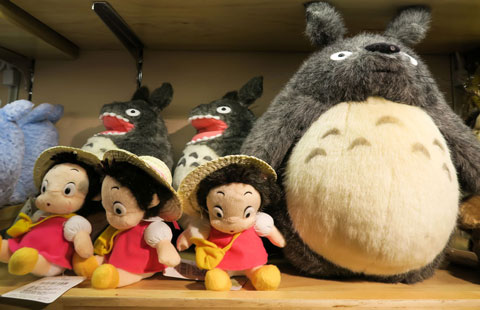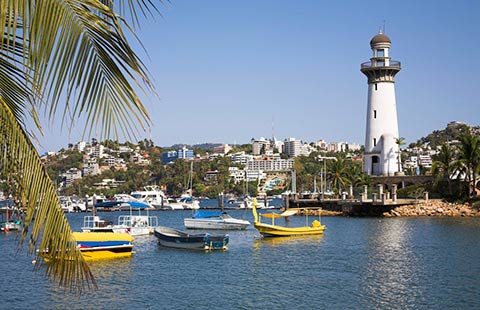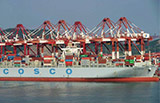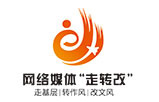Foreign wine producers eyes China for growth
(chinadaily.com.cn) Updated: 2012-09-13 09:16The world’s wine business has not been all that promising, with annual growth sputtering along at below 1 percent. The figure in China, from 2005 to 2011, however, was around 31 percent, making China look as if it’s the most promising wine market in the whole of Asia.
In any case, China does have a wine history. Way back, toward the beginning of the Han Dynasty, around 206 BC, Chinese began growing grapes and producing wine in the Yellow River region of Northeastern China. But, in recent history, wine imports have developed into a significant market themselves.
In 2011, its wine imports totaled 360,000 kiloliters, and were worth almost $1.4 billion, according to China Customs, with bottled wine accounting for 240,000 kiloliters and $1.27 billion, or over $5.00 per liter. Loose-packed wine, averaging $1.02 per liter, accounted for 120,000 kiloliters and a total value of $120 million.
China is expected by some to become the world's fifth-largest wine consumer by 2015, as disposable incomes rise and more people cultivate a taste for wine, according to an industry report. This huge market has naturally attracted a lot of foreign enterprises looking to get their own share of the market.
One of the ways they can do that is by showing up at the various exhibitions taking place more often in China. One new example of this is in Guizhou province, in the south, where Zhao Kezhi, the governor, said, “Over 600 foreign wine manufacturers, from 43 countries and regions, took part in the 2nd China (Guizhou) International Alcoholic Beverage Expo.” Zhao made the remark at the opening ceremony of the expo, in Guiyang, the provincial capital.
The sales manager of the Shanghai branch of a French winery Château La Tour Carnet, Benoit Tomas, said, “In recent years, traditional wine countries, such as Italy and France have expanded their output to China to make up for a decline in their domestic markets. Last year, the European Union occupied the biggest share, amounting to two-thirds of their output. France exported 12,000 liters of wine to China, while Australia saw sharp growth in export volume to China, also around 12,000 liters.” Château La Tour Carnet is in the Bordeaux region, whose wine making of course dates back many centuries.
These days, more Chinese can be seen drinking wine as a result of the rapid economic development, improved living standards, and greater health awareness, explained Alberto Ferndez Martine, owner of Spain’s Artesanos Del Vino, which has provided wine for the Ferrari team on several occasions fro celebrations.
Some wine producers from Bordeaux have organized fine wine tastings and promotions on a monthly basis in China, where the expansion of the market and the huge growth can be a lifesaver for wine producers.
Still, China’s current per capita consumption of wine is less than 0.35 liters, or a mere 7.8 percent of the global level of 4.5 liters.
Tomas added, “Previously, the Chinese were used to alcoholic products, like baijiu [a strong colorless, distilled spirit], and purchased wine mainly for collections or banquets. But, these days, more middle-class Chinese are choosing wine over baijiu because they’re trying new things. Some data also provide a basis for their expectations, concerning wine’s medicinal properties, showing it can prevent cholesterol, heart disease and diabetes.”
Benoit Tomas is not worried about the competition between baijiu and wine, since the taste is radically different.
Quite the contrary, in fact. He thinks the springtime for liquors in China is approaching.
“I believe that they promote each other. Those who love baijiu are more likely to taste or drink wine. ”
- VW China's environmental program big hit in Urumqi
- Beijing puts restriction on property buyers in Tongzhou district
- Central bank drains 220b yuan from market
- Teapot craftsman makes innovation, passes down techniques
- Positive attitude goes long way
- China's CRRC Industrial Investment opens European office in Budapest
- Half of new state vehicles to be powered by new energy
- More private investment will put China's recovery on firmer ground

















